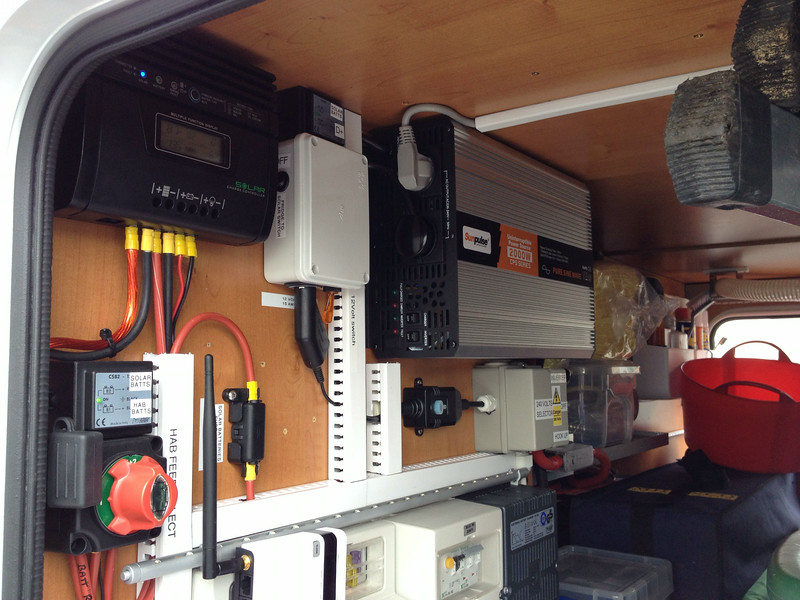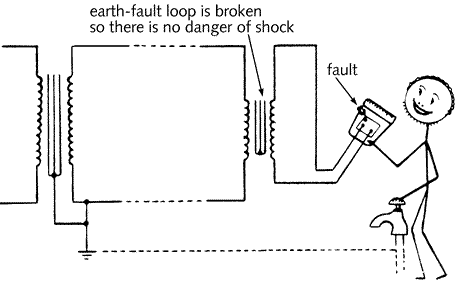RogerThat
LIFE MEMBER
Hi everyone,
I'm debating buying an inverter but I'm a bit unsure about the RCD situation.
My leisure battery is mounted under the drivers seat and if I go ahead I would bolt the inverter directly on to the rear of the drivers seat base frame. This means the wires to the battery would be really short, maybe 10" or less (not sure that has any bearing on anything?).
I had thought that I would just use an extension lead from the inverter directly to the appliance in question.
So for example, if I wanted to plug a desk-type fan in while wild camping, I'd run a normal household mains extension lead from the inverter to wherever I decided the fan needed to be (somewhere in the rear lounge probably).
So apart from the obvious trip hazard of a trailing mains cable running from the cab to the rear lounge for example, would I also need to fit an RCD somewhere? Or would whatever fused protection the inverter offered be sufficient?
I haven't yet decided on a size, make or model of inverter (suggestions welcomed by the way!), I'm just trying to assess the overall cost and any unforeseen issues that I might not have considered at this stage
I'm debating buying an inverter but I'm a bit unsure about the RCD situation.
My leisure battery is mounted under the drivers seat and if I go ahead I would bolt the inverter directly on to the rear of the drivers seat base frame. This means the wires to the battery would be really short, maybe 10" or less (not sure that has any bearing on anything?).
I had thought that I would just use an extension lead from the inverter directly to the appliance in question.
So for example, if I wanted to plug a desk-type fan in while wild camping, I'd run a normal household mains extension lead from the inverter to wherever I decided the fan needed to be (somewhere in the rear lounge probably).
So apart from the obvious trip hazard of a trailing mains cable running from the cab to the rear lounge for example, would I also need to fit an RCD somewhere? Or would whatever fused protection the inverter offered be sufficient?
I haven't yet decided on a size, make or model of inverter (suggestions welcomed by the way!), I'm just trying to assess the overall cost and any unforeseen issues that I might not have considered at this stage




